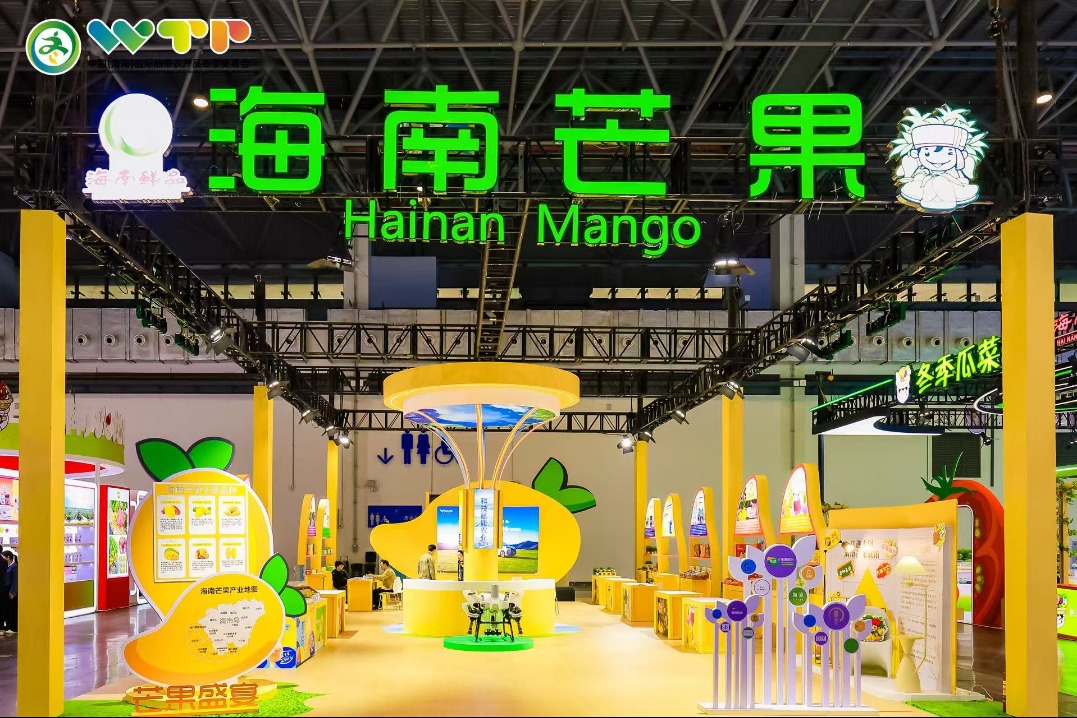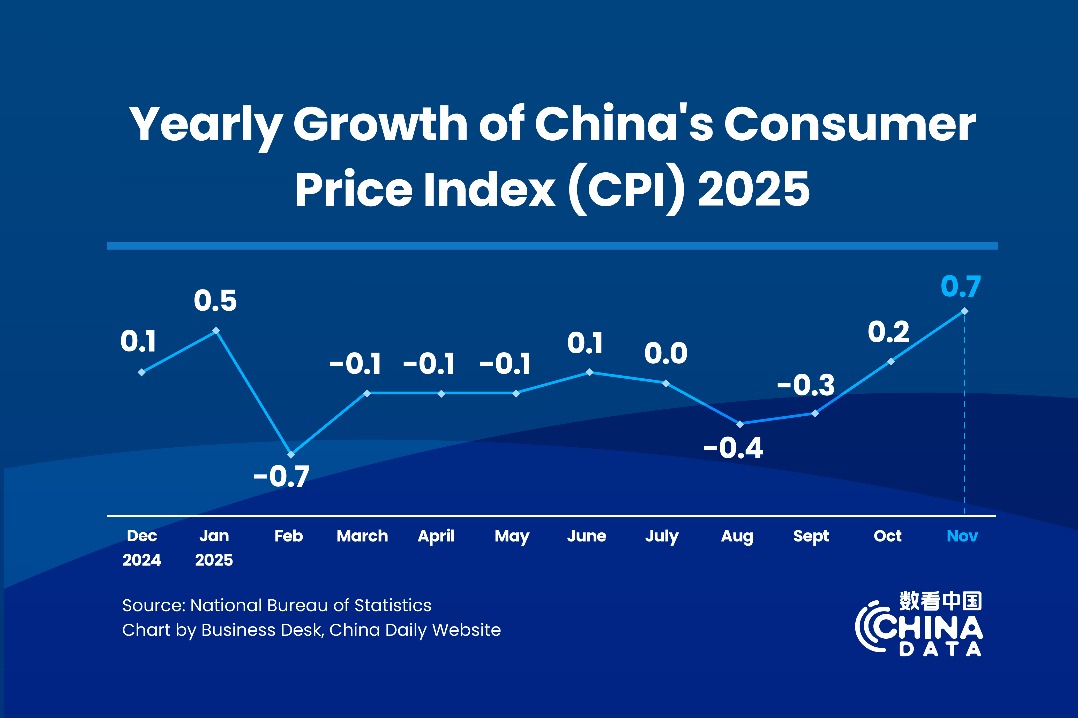Driving consumption through innovation

Q2 "China Travel" and "Shopping in China" have become buzzwords among international visitors, fueled by China's unilateral visa-free policies for multiple countries and a new initiative allowing eligible travelers to receive instant tax refunds. How is your business planning to innovate and capture the momentum from this trend? Additionally, how do you view emerging opportunities in areas such as green technology, the low-altitude economy, smart manufacturing, and experiential services?
HOMMA: Panasonic has developed a variety of portable and intelligent products such as razors, hair dryers and electric toothbrushes through innovative research to meet the diverse needs of travelers. At the same time, we have strengthened cooperation with duty-free channels such as China Duty Free Group.
Panasonic focuses on the green economy and proposed a long-term environmental vision in 2022. Through products such as home appliances, residential equipment, intelligent manufacturing equipment, new energy vehicle batteries and components, we contribute to energy conservation and environmental protection. Additionally, we vigorously expand the application scenarios of clean energy, such as stationary hydrogen fuel cells. By the end of 2024, the number of our "zero-carbon factories" in China had increased to 16.
SHIH: China's positive signal of continuing high-level opening-up brings huge potential. Rockwell is encouraged by such an open environment to further contribute to the local market and our local partners in the fields of smart manufacturing, industrial upgrading and sustainability. Also, the trend of opening-up has provided Rockwell with opportunities to collaborate with local players across various fields to address industrial and urban challenges together.
China is the only country that covers all 666 subindustries based on the industrial classification of the United Nations in the field of green development, and this could help generate multiple industry use cases and allow players from different fields to share their experience on new approaches for green transition. At the "Climate Lighthouse: A New Era" event during Shanghai Climate Week 2025, Rockwell, together with other industry players, launched a group standard to form a transparent evaluation framework for participants in the Climate Lighthouse initiative, and a white paper to bring up the evolution of domestic and international policies and advanced technologies in buildings, industrial parks, manufacturing and supply chains.
ZHU: The increasing vitality in the consumption sector is the latest testament of how companies are rethinking and reshaping their products and service strategies and how policies are adapting to unlock spending powers.
The behaviors playing out here in China — seeking digital innovations, emotional connection and meaningful differentiation — are not isolated, they're leading indicators. We are helping companies better embed into local life through tailored products and services, community-building and emotional resonance.
For example, we have been working with an international food manufacturer on its journey to build a digital factory, accelerate innovation, streamline supply chains and tailor products for different groups in an evolving business and consumer landscape.
OZAWA: We are seeing more international visitors traveling to and shopping in China, which is a new growth driver for our business. Canon aims to leverage its global network of subsidiaries and cooperate actively with Chinese cultural and tourism authorities to promote marketing campaigns that encourage inbound tourism to China, thereby boosting growth in China's tourism sector while stimulating sales of our cameras domestically.
Meanwhile, we are aware of the huge potential in China's emerging sectors like green technology, the low-altitude economy, smart manufacturing and experiential services. In smart manufacturing, we focus on innovation to enhance product quality and meet the market's demand for high-end manufacturing. In experiential services, we're exploring how to create more engaging and interactive experiences by using our imaging technology. For example, we're expanding offline activities that offer personalized experiences, helping consumers better understand product features and improving their shopping experience.



































